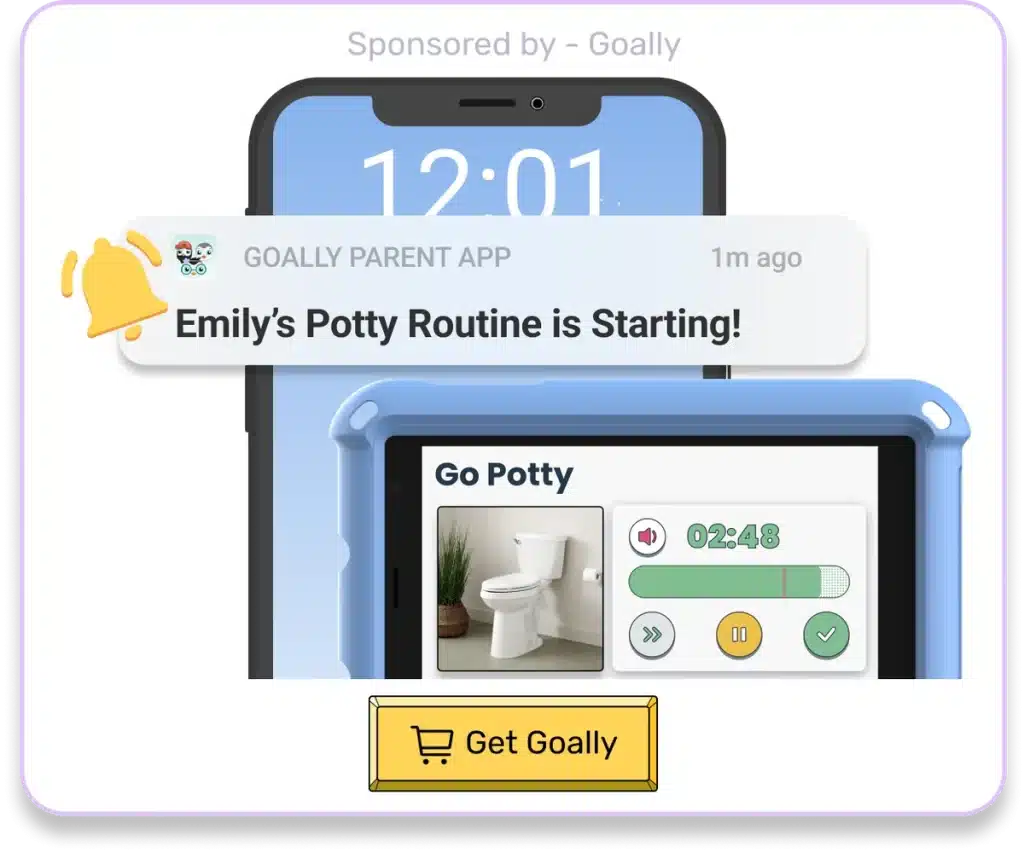Imagine the joy of watching your child take pride in their accomplishments, no matter how small. Whether it’s tidying up their room or helping set the dinner table, these tasks play a crucial role in their development. Welcome to our comprehensive guide on chore charts for kids. This guide aims to help you introduce a system of responsibility that’s not just effective, but also fun for your little ones. We’ll delve into the benefits of chore charts, how to create one that resonates with your child, and how to use them to foster a sense of accomplishment and responsibility.
Table of Contents
Benefits of Chore Charts for Kids
Chore charts for kids provide a number of benefits for children, including:
- Developing Responsibility: Assigning age-appropriate tasks on a regular basis teaches children responsibility and accountability. They learn that they are responsible for completing their chores. Also that there are consequences if they fail to do so.
- Building Confidence: As children complete their tasks, they gain a sense of accomplishment and build their confidence. They learn that they are capable of taking care of themselves and contributing to the family.
- Establishing Structure: Chore charts provide structure and routine for children. They know what is expected of them and when, which helps to reduce anxiety and stress.
- Learning Life Skills: Completing household tasks teaches children valuable life skills such as cooking, cleaning, and time management.
- Strengthening Family Bonds: Working together as a family to complete chores builds teamwork and strengthens family bonds.
How Chore Charts Can Help Children
Chore charts for kids can be used to teach a variety of skills and behaviors, including:
- Responsibility and Accountability: By assigning tasks and holding children accountable for completing them, chore charts teach responsibility and accountability.
- Time Management: By setting deadlines for completing tasks, chore charts teach time management skills.
- Organization: By establishing routines and providing structure, chore charts teach organizational skills.
- Self-Motivation: By rewarding children for completing tasks, chore charts teach self-motivation and the value of hard work.
- Respect: By teaching children to take care of their belongings and their living space, chore charts teach respect for themselves, others, and their environment.
Using Chore Charts in the Real World
Kids can use chore charts in a variety of ways to help children learn and grow. Here are some tips for using chore charts effectively:
- Start Small: Begin by assigning one or two simple tasks. Gradually add more as your child becomes more comfortable with the process.
- Be Consistent: Set a regular schedule for completing chores and stick to it.
- Use Visual Aids: Use pictures or stickers to help younger children understand their tasks.
- Make it Fun: Use colorful charts and stickers to make the chore chart more engaging and fun for children.
- Reward Success: Offer small rewards for completing tasks, such as a favorite snack or extra screen time.
- Get the Whole Family Involved: Make chore time a family activity by assigning tasks to everyone and working together to complete them.
Goally | Routines that Actually Work
Goally’s skill building tablet for kids has routines that break down large tasks into small, achievable steps. It helps kids complete their tasks independently!

Create custom routines with your own videos & pictures for every step. The steps come in small, bite-sized pieces to help your child learn the little fundamentals (like putting the toothpaste on their toothbrush!) to achieve bigger goals. And that’s just the beginning. See it in action:
As we conclude our journey through the world of “chore charts for kids,” remember that these tools are more than just a way to get the house clean. They’re a stepping stone towards responsibility, independence, and a sense of accomplishment for your child. Whether you’re just starting out or refining your current system, remember that the goal is to make chores engaging and rewarding. So, keep it fun, keep it flexible, and most importantly, celebrate your child’s efforts. After all, every checked box on that chore chart is a testament to their growing capabilities. Here’s to fostering a sense of responsibility that will serve them well into adulthood.
FAQ’s About Chore Charts for Kids
What are chore charts for kids? Chore charts for kids are visual tools that list household tasks or responsibilities for children to complete, often with a reward system. How can chore charts benefit my child? Chore charts can instill a sense of responsibility, help children learn time management, and make chores more engaging and rewarding. What chores are suitable for kids? Suitable chores for kids can range from tidying their room, helping with dishes, to feeding pets, depending on their age and abilities. How can I make a chore chart effective for my child? Make the chore chart colorful and engaging, change up the chores regularly, and incorporate a reward system to motivate your child. Can chore charts contribute to my child's development? Yes, chore charts can contribute to your child's development by teaching them about responsibility, the value of work, and time management skills.
This post was originally published on 03/16/2023. It was updated on 02/19/2024.

Goally
We help parents teach their kids life skills, like doing bedtime and morning independently. Backed by science, we incorporate evidence-based practices and expert-informed designs in all of our apps and content.






